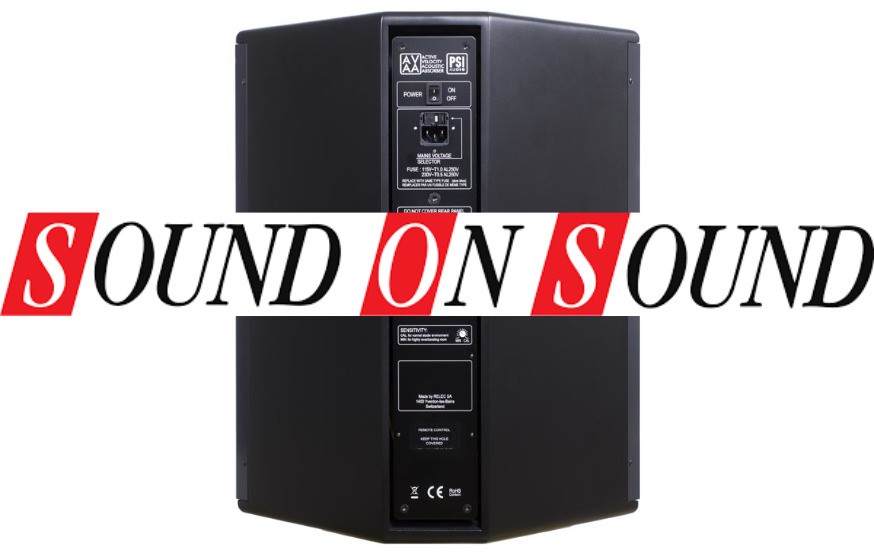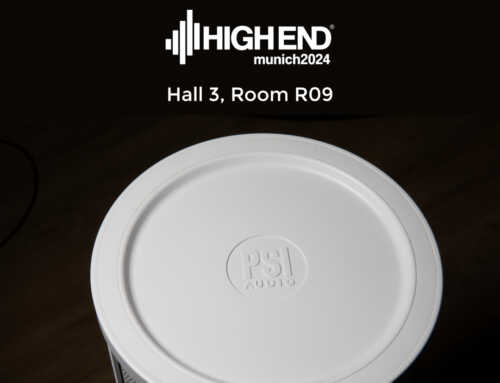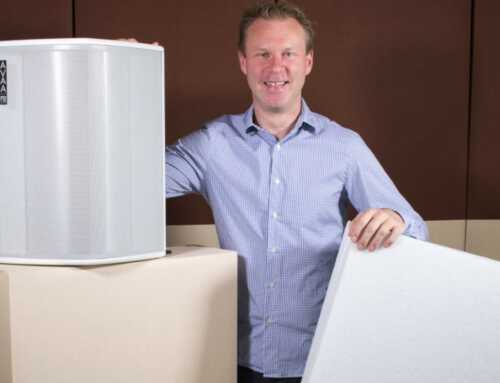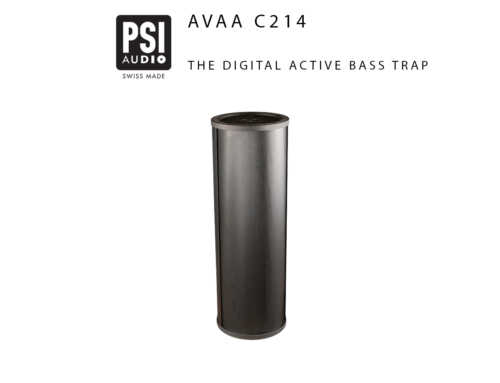
AVAA C20 review by Sound on Sound
Operating rather like a subwoofer in reverse, this crafty device controls low frequencies but takes up far less space than conventional bass traps.
Without doubt the most difficult acoustic problem to resolve for the vast majority of project studios is the challenge of low-frequency standing waves or ‘room modes’. These create a rather ‘lumpy’ low-frequency response in most rooms, where some bass notes boom and ring on for a considerable time, while other notes are very weak. These fundamental problems affect recording spaces as well as listening environments. Every room is different, as the affected frequencies relate to the room’s width, length and height dimensions, and the ratios between them.

The underlying physics concern the way that low-frequency sound waves reflect from the boundary surfaces within the room. When the reflected part of the sound wave interacts with the direct signal from the source, their relative phases make them either combine ‘constructively’ into a large, louder sound wave, or ‘destructively’ to partially cancel each other out. And these interactions are different in different parts of the room because their relative phases change with distance.





